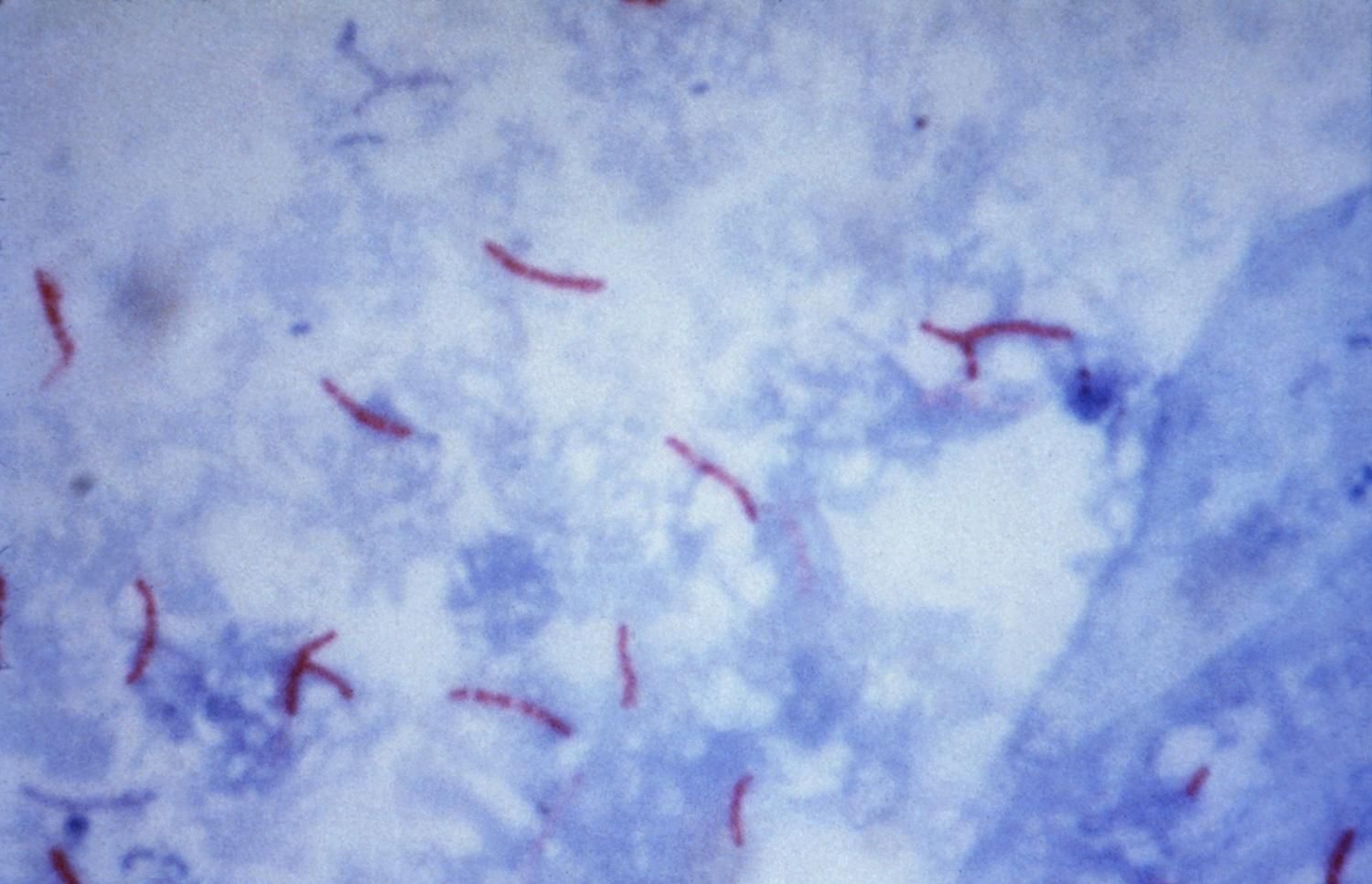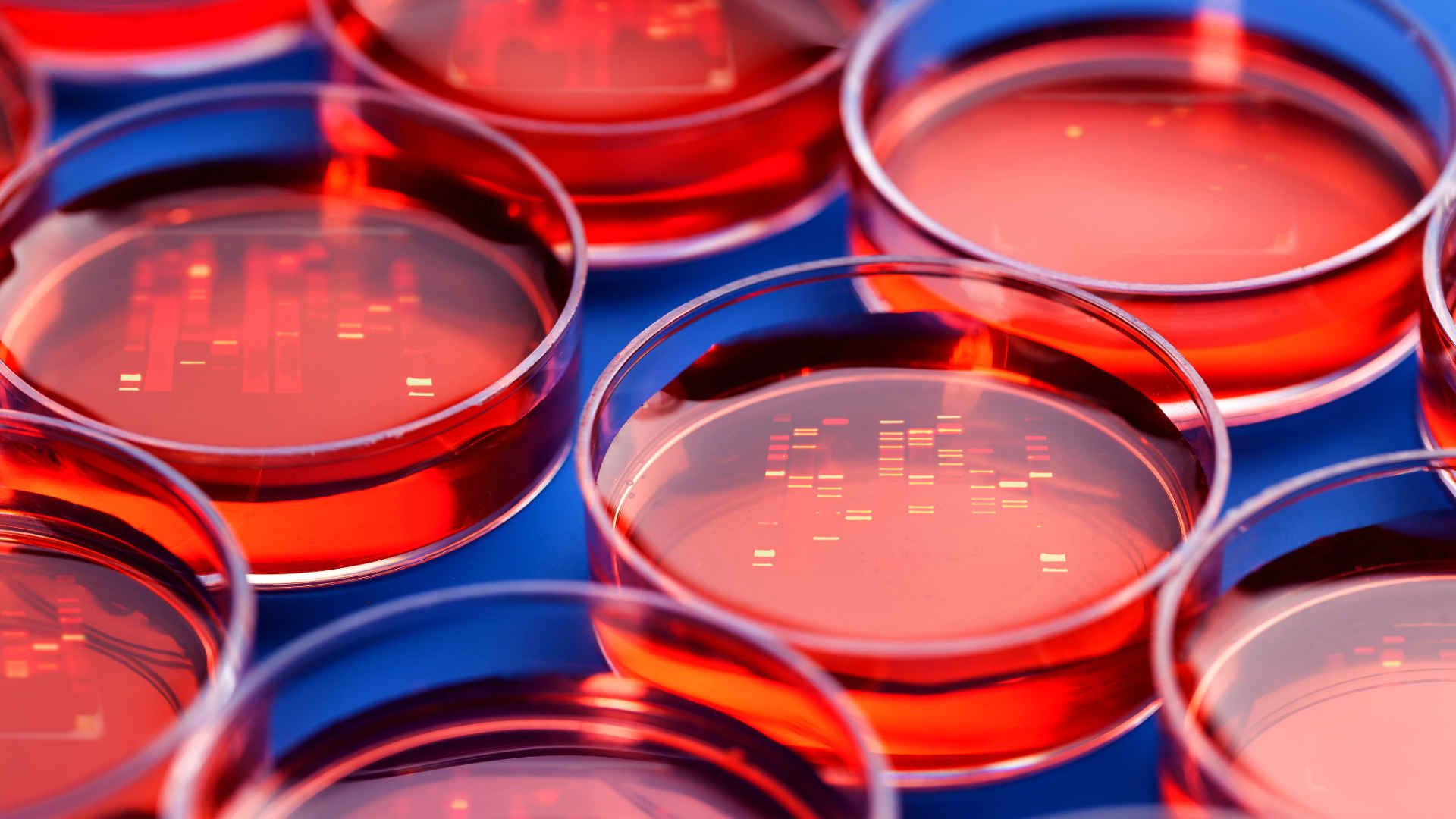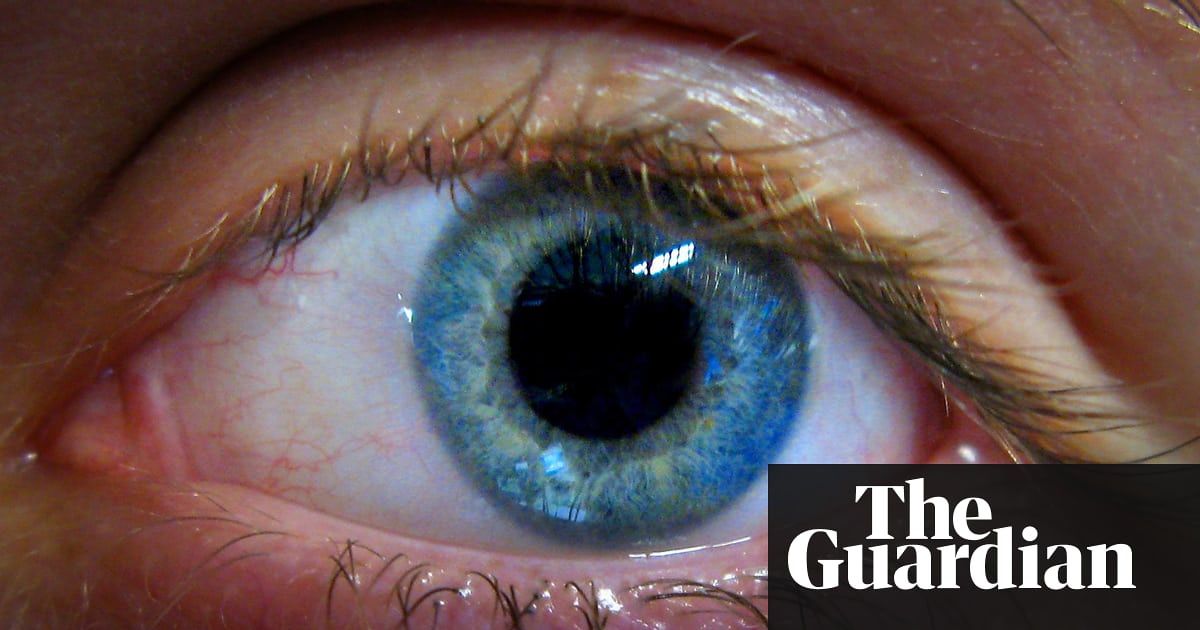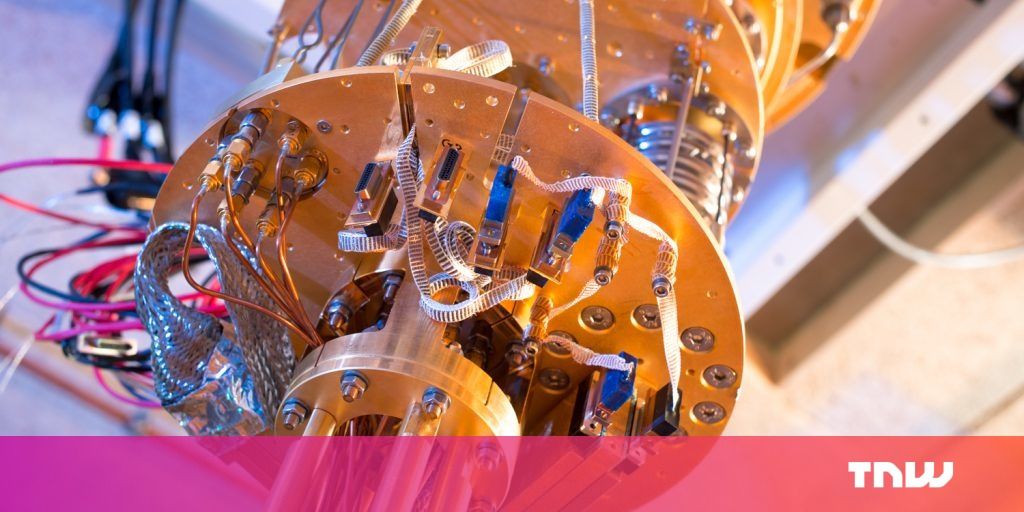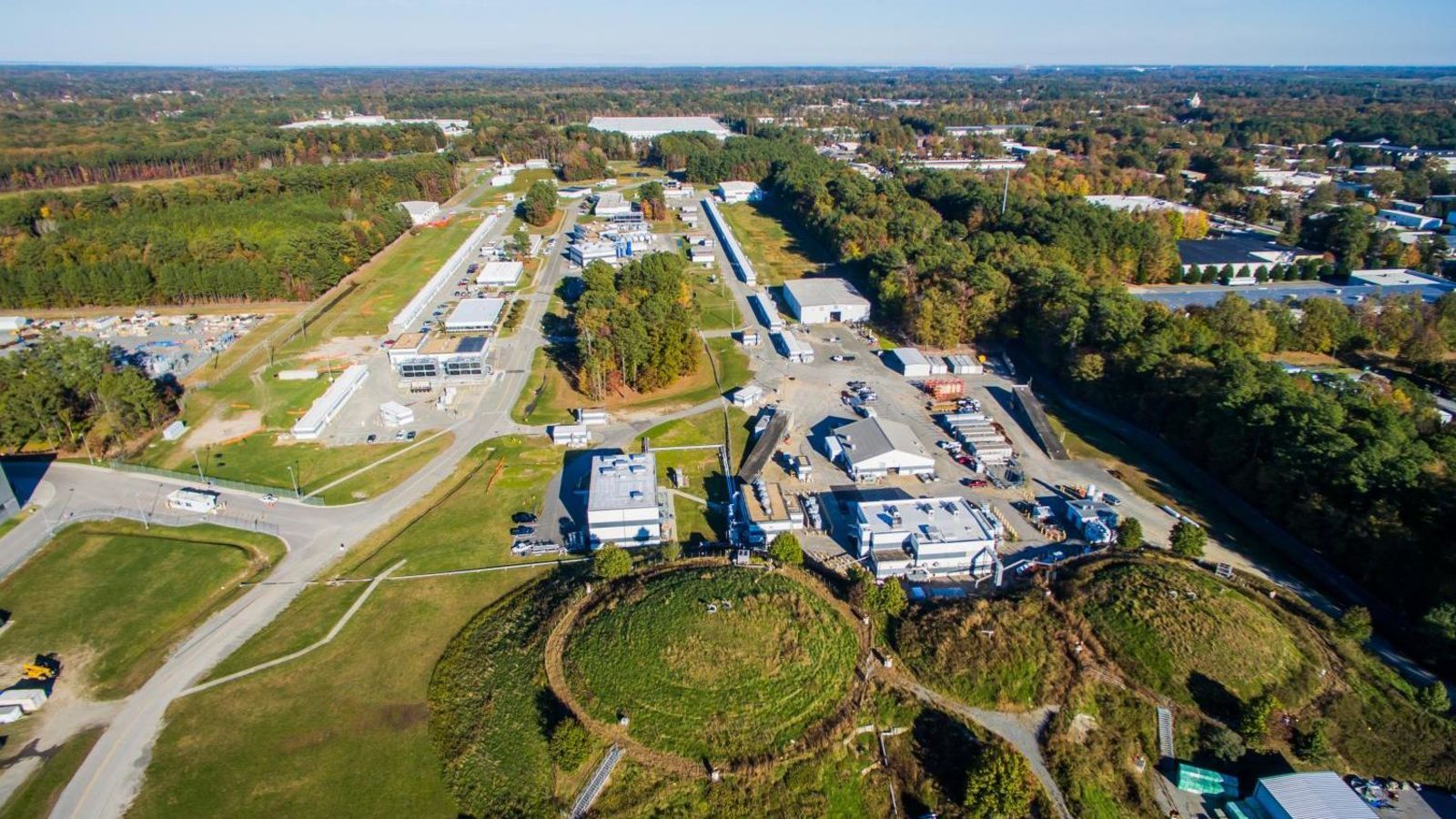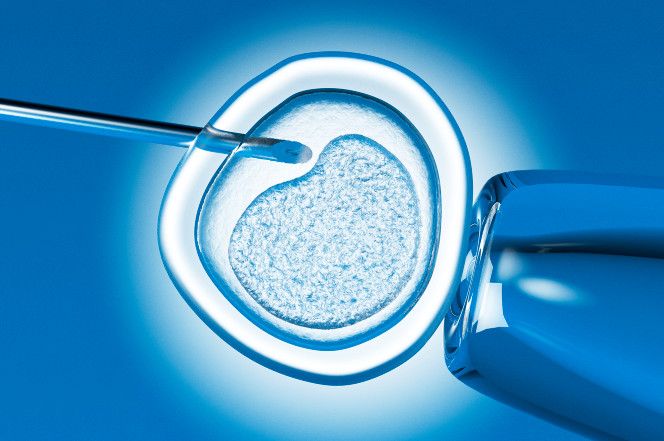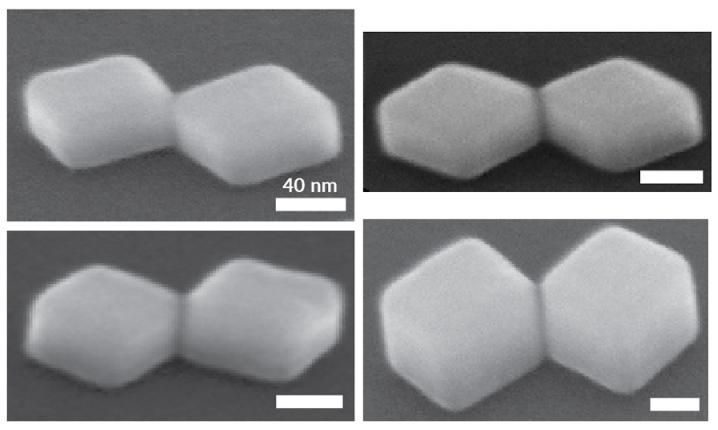Jul 25, 2018
Tiny robot could be game-changer in fight against tuberculosis
Posted by Dan Kummer in categories: biotech/medical, nanotechnology, robotics/AI
Robots like this, nanobots that can work in the body, should be the main focus for curing all disease. And instead of focusing on Drug Delivery, have the nanobots just go in and attack or fix the problem themselves.
A Brock University research team has created a microscopic robot that has the potential to identify drug resistance to tuberculosis faster than conventional tests.
The World Health Organization (WHO) calls tuberculosis drug resistance “a formidable obstacle” to treatment and prevention of a disease that killed 240,000 people in 2016.
Continue reading “Tiny robot could be game-changer in fight against tuberculosis” »
